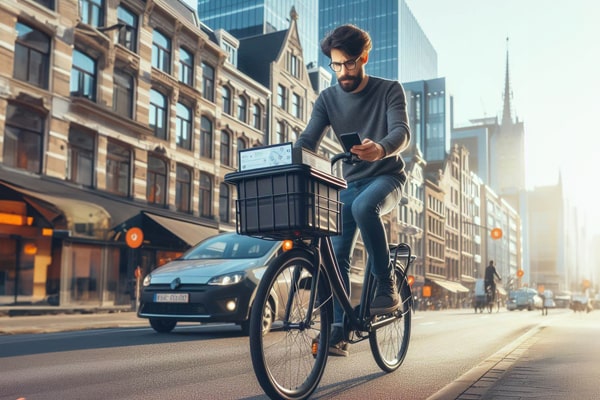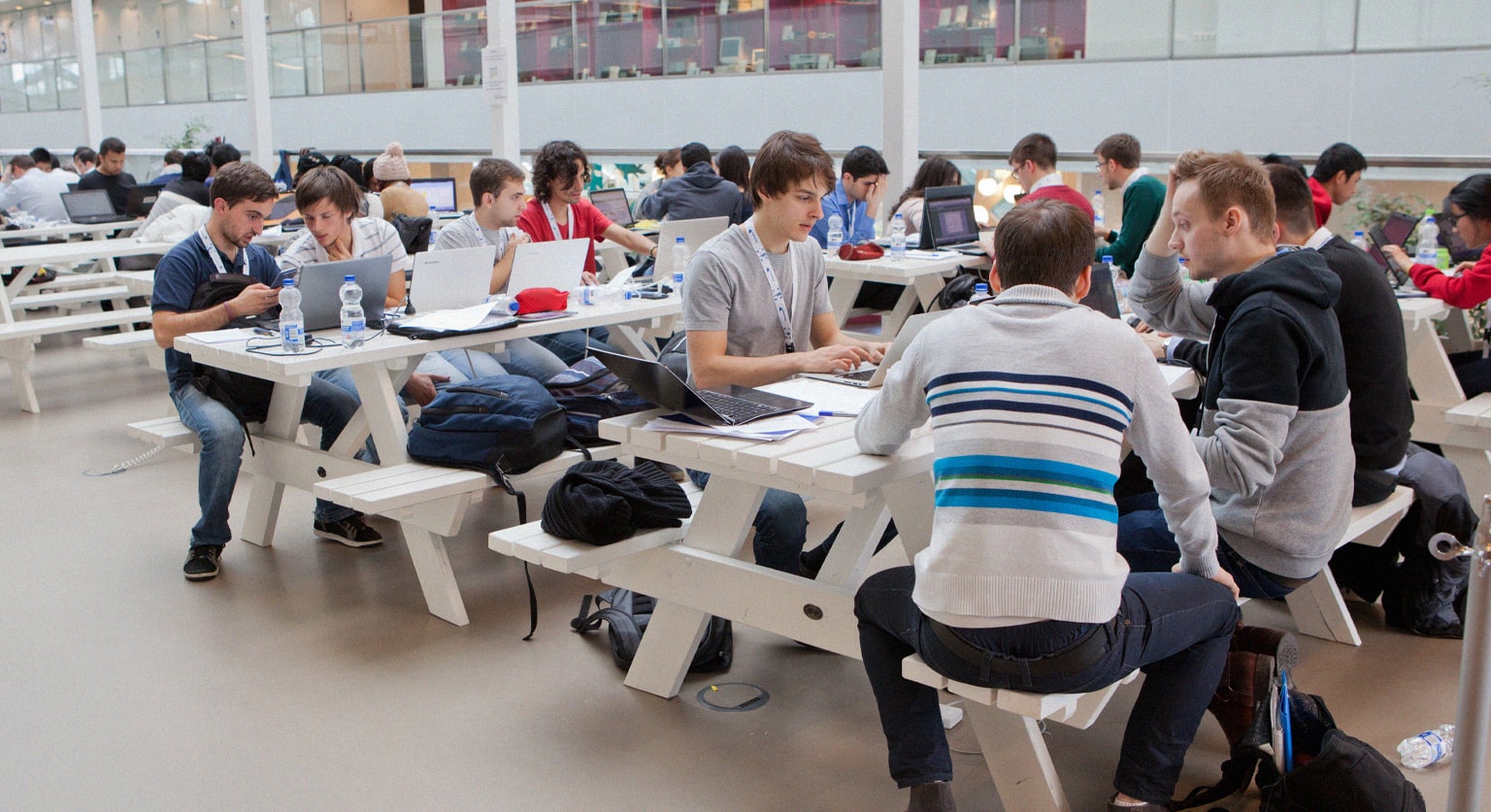The Essentials
Always Included
Everything you need to teach with confidence and deliver a world-class learning experience:

This compact module introduces students to the core principles of PaaS, equipping them with the knowledge to transition from ownership to access-based models
Schedule your demo
Most students are taught in a linear context: take, make, waste. But the circular economy requires a different approach. One where value is created through access, not ownership.
In this simulation, students take the management of an e-bike manufacturer to transition towards a Product-as-a-Service circular model. Instead of selling products, the company offers subscriptions or pay-per-use models, retaining ownership while handling maintenance and upgrades (For example SwapFiets and GoSharing). Students evaluate the financial impact of PaaS, redesign products to support durability and reverse logistics, and assess how circularity can drive business growth.
This hands-on module connects circular theory to business practice. Students learn to rethink product delivery, calculate trade-offs between cost and sustainability, and measure the impact of PaaS models using real circularity metrics.
This learning solution is often used in:
Product-as-a-Service Strategy
Introduction to Circular Concepts
Circular Economy Foundations
This learning solution helps students develop core competencies essential for today’s job market.
Each learning solution is designed to strengthen your course delivery, supported by expert guidance, resources, and tools that help you teach with confidence from start to finish.
Everything you need to teach with confidence and deliver a world-class learning experience:
Enhancing student engagement through experiential learning, resulting in improved retention and comprehension levels.
What is Experiential Learning?Bridging the gap between theoretical concepts and real-world applications, preparing students for practical challenges.
Fostering proficiency in specialized areas of supply chain management and interdisciplinary skills crucial for students’ career success.
Fully immersing students in a risk-free environment, making strategic, cross-functional business decisions.
Cultivating critical thinking alongside real-world skills such as decision-making, negotiation, collaboration, and more!
After finishing a course with one of our business games, your students can showcase their performance with an official personalized certificate!
Exclusive access to the challenge for your top performing students in a course with (one of) our business games.
Read moreYour students’ privacy matters. We meet all regulations and laws governing the privacy of student data.

At the core of this learning experience is The Blue Connection, the simulation that challenges students to create circular value chains.
Students step into executive roles such as VP Sales, VP Purchasing, VP Operations, and VP Finance. Working as a team, they align circular strategy across departments, manage product design and recovery, and experiment with new revenue models.
Used by top universities and global companies, The Blue Connection brings the circular economy to life through engaging, scenario-based learning that drives deep understanding and strategic thinking.
Effortlessly blend experiential learning into your curriculum.
Need guidance? Our Education Advisors will help you find the perfect fit for your teaching needs.